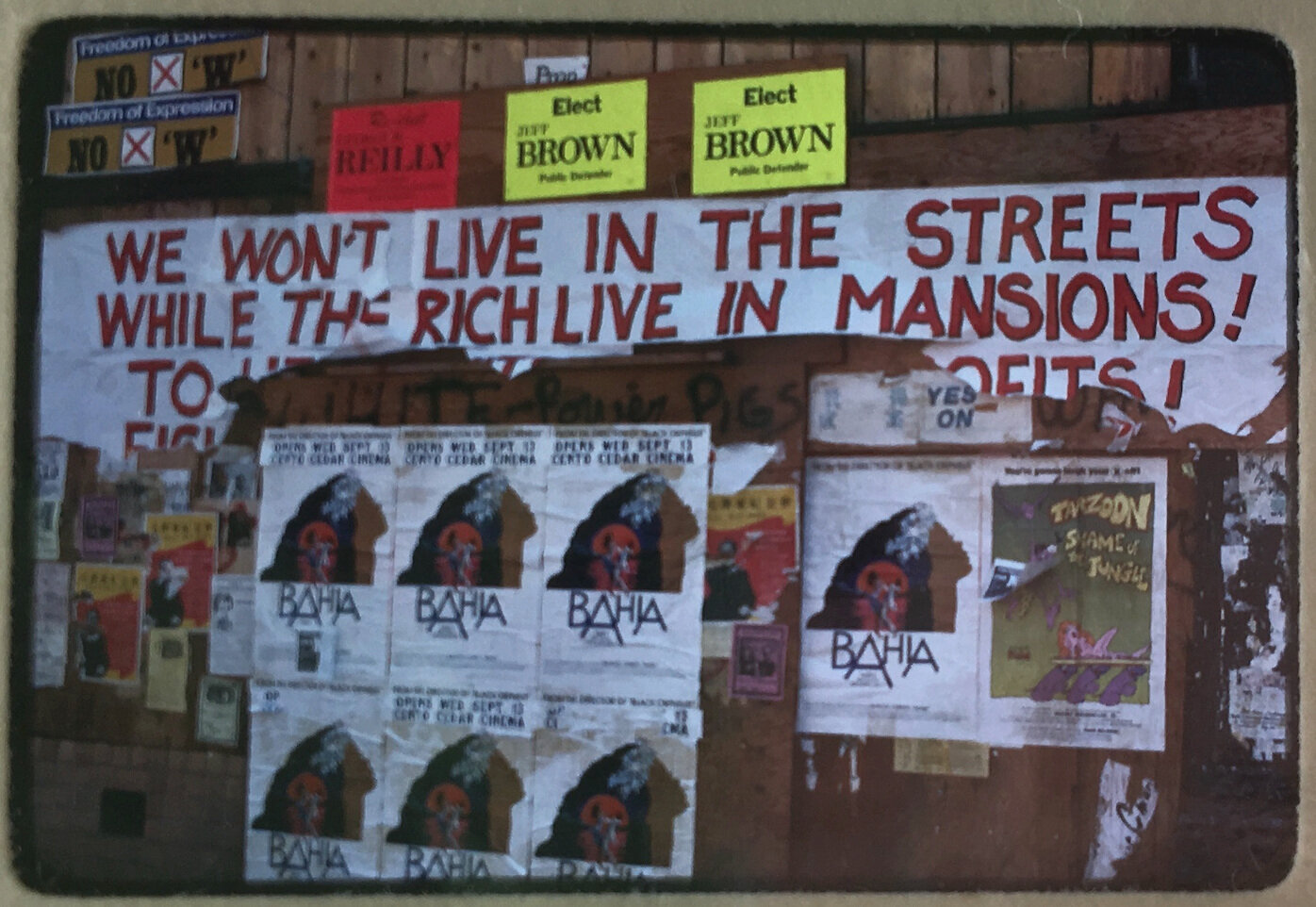USP 1: History of US Urban Communities
What is this class about?
This class looks at the long history of urbanization in United States history. We begin with a consideration of the role of urbanization in empire-building, and then look at the way urban networks fueled a particular kind of economic and political identity through the 19th and 20th centuries. We examine the way that racial, class, and gender took on spatial dimensions. And we think critically about ownership and belonging.
Interesting readings for US urban history
Critical Care isn’t a US text, but the images and content are pretty fascinating. The authors take a proactive approach to living in our - as they put it - broken planet.
A book about SGV that takes seriously how people make meaning where they live. Romeo Guzmán, Carribean Fragoza, Alex Sayf Cummings, Ryan Reft, eds., East of Eden: The Making of Greater El Monte (Rutgers, 2020).
I was aghast the first time I read this book. I grew up in the Bay Area and had no idea how polluted these cities and suburbs were, nor did I understand exactly how that coordinated with the intense racial and class segregation I noticed as a kid. If you don’t know this history yet, check out David Pellow and Lisa Sun-Hee Park, The Silicon Valley of Dreams: Environmental Injustice, Immigrant Workers, and the High-Tech Global Economy (NYU, 2002). The book may be 20 years old but it is still all too relevant.
Films and multimedia for US urban history
I love this documentary about a couple ditching their desk jobs and building a farm on the outskirts of LA - not because it’s some agrarian utopia, but rather because you can see how ecological and agricultural systems work together. Urban dwellers need food - but the food can be growth differently. Sidebar: it’s a pretty white film.




